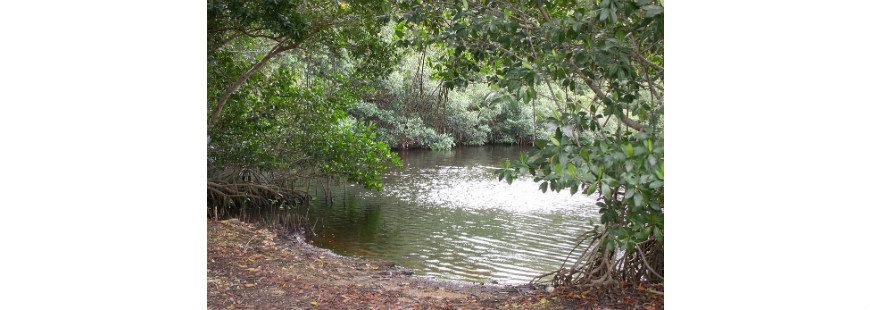Everglades photo via Wikipedia
For many years, it was my job to figure out what anglers cared about and represent their concerns to various decision makers. We used internet polls, face to face meetings, and questionnaires to see what really mattered to recreational anglers in Maryland. In 2012, the main areas of concern for Chesapeake Bay fishermen were striped bass conservation, menhaden conservation, oyster restoration, and the dead zone in the Mid-Bay region. The results did not surprise me. In 2012, we were in the middle of a serious decline in the spawning stock biomass for striped bass, menhaden were at an all time low of just 8% of an unfished stock, wild oysters sat at .8% of historical abundance, and the dead zone was something we were just beginning to understand but we knew it was something for serious concern.
I’ll admit it. This outreach made me very proud of the folks I represented. Every issue showed how much they cared about the future. There wasn’t a single reply that went against the basic conservation tenets will all held dearly. It should be noted that in regard to shared fisheries like striped bass, we advocated for even reductions from all sectors. One group should not bear the brunt of cutbacks; if science calls for a cutback, we should share the responsibility evenly.
So here we are in 2017 and there’s some fairly huge conservation issues looming on the horizon. I have to wonder how recreational anglers in the Atlantic and Gulf of Mexico would reply to such a survey today. How would these responses line up with the agenda of the various organizations that claim to represent angler conservation at the highest level?
Here’s my short list of things that need to be addressed sooner rather than later in no specific order. Each item is a huge undertaking, but the longer we take to address it, the worse the situation will become.
The first is actually two issues in one. The Louisiana marsh is falling into the Gulf at a rate of a football field every hour, and the Gulf of Mexico will have a dead zone the size of New Jersey in 2017. The Mighty Mississippi River has been redirected, cut, walled, and otherwise altered so the nutrients that normally feed the marsh are flushed out into the Gulf, and thus exacerbating a growing dead zone. Why is this so important for fishermen? Well, the marsh supports arguably the best redfish and speckled trout fishery in the world. Countless other species rely on the marsh for survival. Shrimp, crabs, oysters, fish, and a myriad of marine life can’t live without it. So, it’s pretty darn important. Furthermore, the dead zones will cause a die off of benthic fauna. That means all the critters that live on the bottom of the Gulf and can’t swim away easily will die. The fish we like to catch eat that stuff, so it’s pretty important as well.
The second issue is the destruction of the Everglades. The Everglades is one of the most biodiverse areas in the United States. It is a fishing wonderland with too many species to name. Most readers in the Southeast have probably been there and created lifetime fishing memories with friends and family. But now the “River of Grass” is being choked off and killed by agriculture and population booms. All the clean water that would normally feed this national treasure is being used by people in the area. But hey, don’t worry, they are returning it in the form of dirty water and rerouting it down the St. Lucie and Caloosahatchee Rivers! Well, I saw the toxic algae blooms first hand last year that result from the agriculture runoff. It is erasing life. The grass is dying off at an alarming rate. The ecosystem is collapsing under the pressure.
The final issue is the dead zone in the Chesapeake Bay. It stretches from the mouth of the Potomac River to just north of the Severn River. The benthic community has collapsed, and the bottom fish are all but gone. There’s no meaningful natural production of oysters at this juncture. Vibrio infections are a real possibility if you have a cut and let it touch the water. These are the hard facts of fishing in the nation’s largest estuary.
Even though we are losing huge chunks of the Gulf of Mexico, the Everglades is dying, and the Chesapeake Bay is on life support, grassroots groups are doing a great job working to find solutions to these issues. Advocacy initiatives like Captains for Clean Water sprang up organically to let commercial fishermen have a voice in the Everglades issue. They had a huge impact in a very short amount of time and deserve some serious accolades. Likewise, Bull Sugar, Now or Neverglades, and many others stepped up and moved water issues forward. In the Chesapeake, there are entire coalitions built on clean water and pollution controls. But the absence of a coordinated marine angler voice on all of these issues is deafening. I spent some time looking across the web for various measures of support by national marine angler groups, and there’s room for improvement. How long will they allow other groups to carry their water? (Pun intended.)


